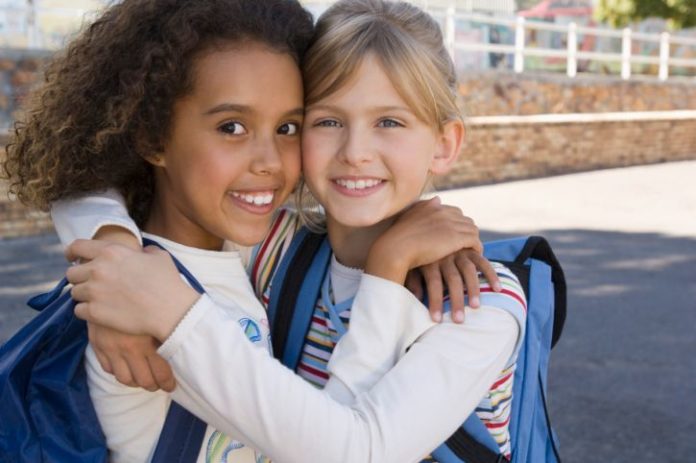The transformative power of nonviolence has been evidenced in many contexts and by many – most notably in the work by Mahatma Gandhi and Martin Luther King.
Professor Emeritus Magnus Haavelsrud from South African recently visited Australia to give a lecture focused on searching for answers as to how nonviolence can be learned and practiced in education.
Professor Haavelsrud said children acquire behaviour, knowledge and attitudes in tune with their home and peers in the community, as well as from school.
“Mass media and other sources of non-formal learning such as religion and organised activities (e.g. sports, music and scouting) also influence the child even before entering formal education.
“Part of what is learned relates to conflict behaviour, including the question of violent and nonviolent ways and means in conflict transformations.
“Digesting and processing such discrepancies both theoretically and practically is therefore a challenge. It is argued that all sources of information – informal, non-formal and formal – are important venues for learning to take a stand based on conviction rather than persuasion.”
To facilitate this pedagogy of conviction some guiding principles will be discussed, focusing on how micro conflicts relate to macro conditions and how past, present and future perspectives need to be included in order to grasp the historical roots of conflicts as they impact the present.
“Most importantly, however, is to offer an educational safe space in the “here and now” for nurturing visions of nonviolent ways and means towards conflict transformation.”
(Source: University of Tasmania)










